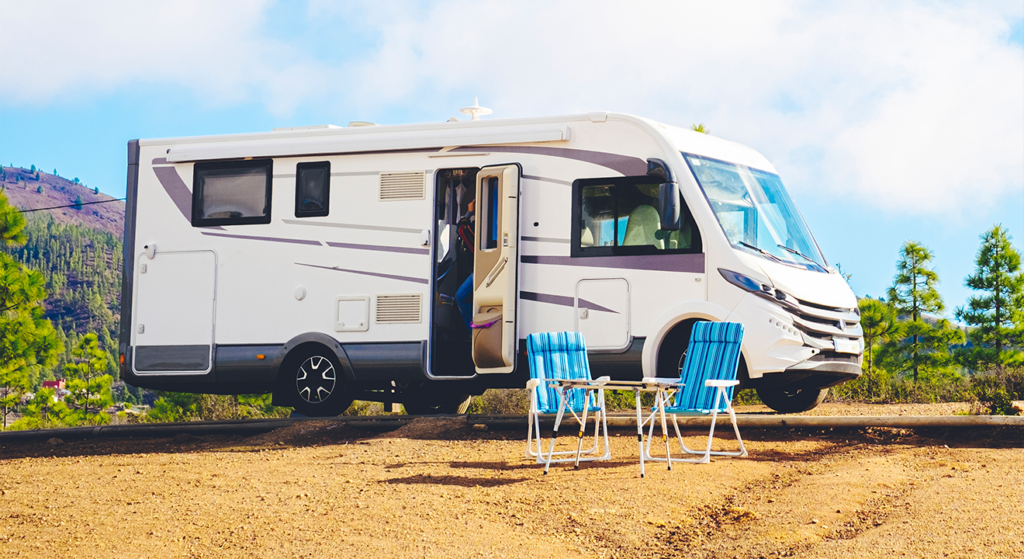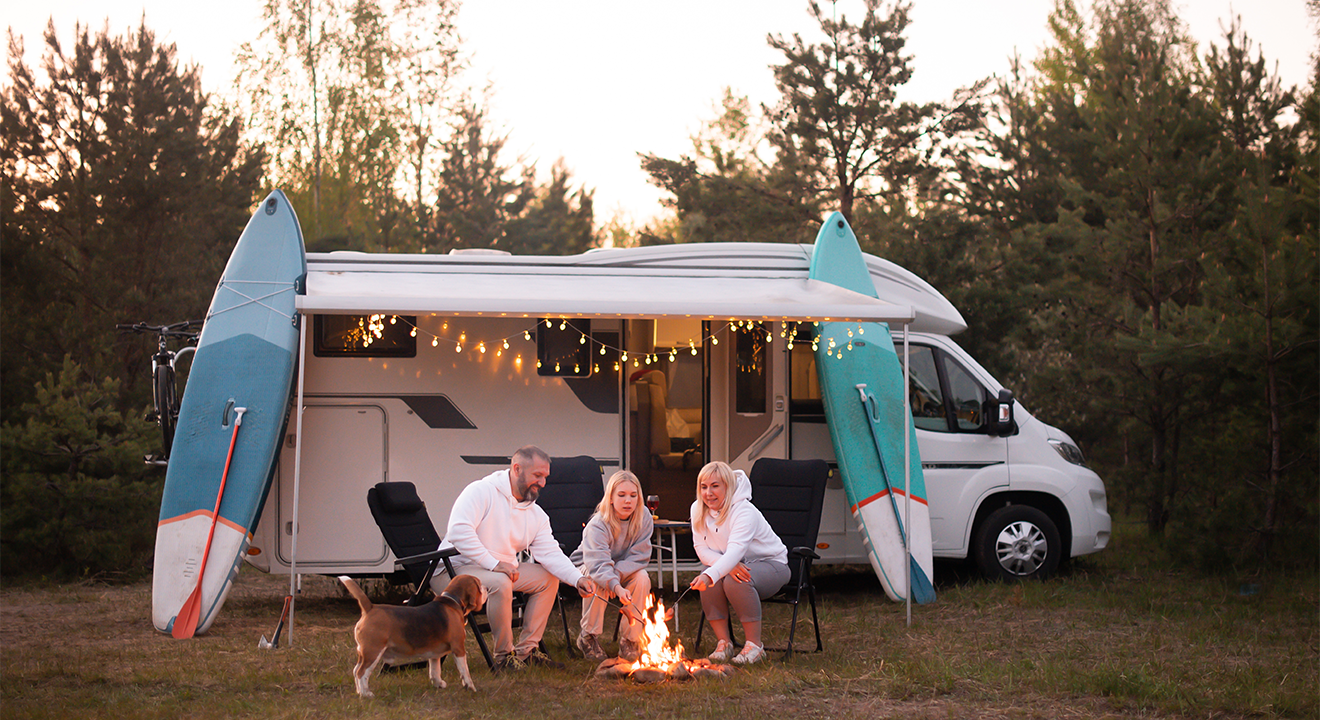For modern RV owners seeking hassle-free storage solutions.
When it comes to RV storage, you’re not just tucking away another vehicle—you’re safeguarding your home on wheels. Whether you use your RV for family vacations, weekend getaways, or full-time living, proper storage is essential to keeping it in great condition. Feeling anxious about leaving your RV in storage? That’s completely understandable.
Choosing the right RV storage facility is vital, but there’s more to consider than just location and cost. Follow these six expert tips to ensure your RV remains safe, secure, and ready for your next adventure:
1. Look for RV-Friendly Amenities
Not all storage facilities are created equal, so prioritize those tailored to RV owners. Beyond basic parking, modern facilities offer premium amenities like:
- Wash and dump stations for convenience.
- Electric hookups to keep your RV powered.
- Drive-through spaces for easier navigation.
- Vehicle maintenance services to keep your RV in top shape.
- Shuttle services for added convenience.
If you’re investing in RV storage, why not choose a facility that makes ownership easier?

2. Boost Security with Personal Measures
Even at the most secure storage locations, it’s smart to take extra precautions:
- Install a fifth wheel lock to prevent unauthorized towing.
- Position your RV strategically—back it into a spot where the hitch faces a wall or fence.
- Remove all valuables, including electronics and batteries, to deter theft.
- Secure your RV with high-quality locks on all doors, windows, and storage compartments.
Thieves look for easy targets—don’t let your RV become one.
3. Know Your RV’s Dimensions
Before committing to a facility, ensure it can accommodate your RV’s size. Consider these approximate lengths for common RV types:
- Class A RVs: 25–40 feet
- Class B RVs: 17–19 feet
- Class C RVs: 20–30 feet
- Fifth Wheels: 32–45 feet
- Travel Trailers: 10–36 feet
Tour the facility to check drive aisle widths (at least 35 feet is ideal) and confirm that there’s enough space to navigate without stress. Tight corners and narrow lots can lead to costly damage.

4. Prevent Pest Problems
Pests are a common issue in RV storage, but a little preparation can go a long way:
- Inspect the facility for signs of pests, like rodent droppings or insect activity.
- Use mothballs or dryer sheets to repel rodents (bonus: dryer sheets smell nicer).
- Seal gaps in windows, doors, or other entry points with caulk.
- Leave out rodent poison or traps inside your RV.
- Regularly start your RV’s engine to discourage nesting in the engine compartment.
- Clean out all food, including forgotten snacks in cabinets or refrigerators—yes, even Pop-Tarts.
A pest-free RV means fewer headaches when it’s time to hit the road again.
5. Prepare for Seasonal Storage
Proper preparation depends on the time of year:
Winter Storage:
- Drain all water lines and fill them with antifreeze to prevent freezing.
- Empty ice makers, remove soap and liquids that could freeze, and remove the battery.
- Seal gaps and clean tires to prevent dry rot.
Summer Storage:
- Use an RV cover to protect against sun damage.
- Close curtains and cover the windshield to keep the interior cool.
- For humid climates, use DampRid or a dehumidifier to prevent mold and mildew.
- Remove cushions, clothing, and other soft items to avoid moisture damage.
Seasonal preparation ensures your RV stays in top condition, no matter the weather.
6. Build a Good Relationship with the Staff
If you’re a full-time RVer or often travel far from your storage location, communication with the facility staff is key. Here’s how to stay on good terms:
- Provide accurate, up-to-date contact information.
- Let the staff know your travel plans—especially if you’ll be away for long periods.
- Stay on top of payments to avoid issues.
- Check voicemails and emails periodically in case the facility needs to reach you.
A good relationship with the staff can help resolve any potential issues quickly and smoothly.
Conclusion
Storing your RV doesn’t have to be a stressful experience. By selecting a facility with the right amenities, taking proactive security and pest control measures, and preparing for seasonal changes, you can rest easy knowing your RV is in good hands. Ready to find the perfect storage solution for your RV? Explore our listings to discover secure, RV-friendly facilities near you!
Keywords: RV storage, RV storage tips, secure RV storage, pest control for RVs, RV amenities, seasonal RV storage, RV dimensions, RV security tips


